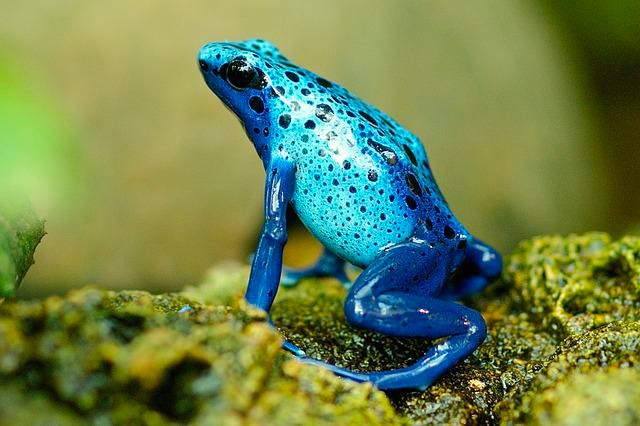Amphibians are facing the threat of extinction. According to a recent study conducted by more than 1000 global experts, 41% of the amphibian species worldwide face the threat of extinction. The major drivers of the global decline of amphibian population is climate change and their habitat loss.
It is important to note that amphibians are important for the biosphere, as they play a significant role both as a predator and prey. Amphibians eat pests, which is beneficial for agriculture, and in controlling diseases like malaria and more.
One must note that scientists study amphibians to understand the impact of climate change and environmental issues, as these species of animals are highly sensitive to changing temperatures. Highly sensitive to environmental threats, amphibians face the threat of climate change, pollution, viral, fungal, and bacterial diseases, radiation, chemical contamination, and more, because of their porous eggs and semipermeable skin.
The study includes 8,011 species of amphibians – vertebrates that inhabit both aquatic and terrestrial habitats. The state of the world’s amphibians is more dire now than at the time of the first such assessment in 2004, when 39% of species were threatened, according to updated data for that period.
The human induced climate change has had worst impact on the fauna and flora of Earth. Amphibians are in the worst shape among the vertebrates – with 27% of mammals, 21% of reptiles and 13% of birds found to be threatened with extinction in separate assessments.
Finding a species to be threatened with extinction means it has been evaluated as “critically endangered,” “endangered” or “vulnerable” on the International Union for Conservation of Nature (IUCN) “red list” of threatened species, the global authority on wildlife extinction risk.
Amphibians first appeared more than 300 million years ago. Three orders of amphibians exist today: salamanders and newts (60% threatened with extinction); frogs and toads (39%); and the limbless and serpentine caecilians (16%). Since 2004, 306 species have crept closer to extinction, the study found.
Furthermore, the researchers identified four amphibian species – a frog from Australia, a frog from Guatemala, a salamander from Guatemala and a toad from Costa Rica – that have disappeared since 2004. They also listed 185 species as “possibly extinct,” with no known surviving population.
The heaviest concentrations of threatened amphibians were found to be in the Caribbean islands, Mexico and Central America, the tropical Andes region, India, Sri Lanka, Cameroon, Nigeria and Madagascar.
Amphibians are also important from a medical point of view. The skin of amphibians contains different types of peptides and offers the possibility of medical cures for several human diseases. At present, they are also used in some painkillers.
Meanwhile, from an ecological perspective, amphibians are regarded as vital ecological indicators. Due to a high degree of sensitivity, they are studied and indicate habitat fragmentation, ecosystem stress, the impact of pesticides, and various anthropogenic activities. They are important biological indicators and important for the wider health of the ecosystems.
Findings of the study, published in the latest issue of Nature, is co-authored by frogman of India, S D Biju, a professor at Delhi University and Radcliffe Fellow at Harvard University and Dr Sonali Garg from Harvard University.














